[Welland Telegraph, 20 February 1912]
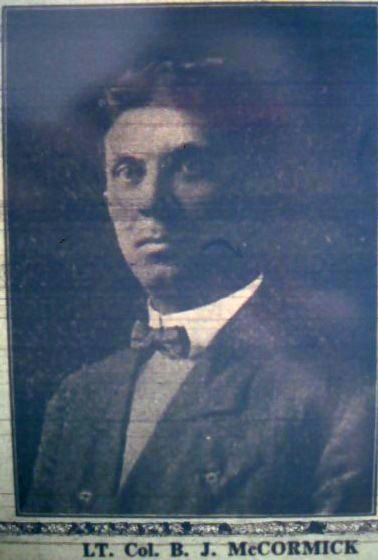 Number of men employed in all factories-1906, 100; 1911, 2098.
Number of men employed in all factories-1906, 100; 1911, 2098.
Annual pay sheet of all factories- 1906, $50,000; 1911, $1,163,422.
Value of products shipped from all factories-1906, $150,000; 1911, $5,847,459.
During the year 1911, twenty per cent of all the massed output of our manufacturing institutions was paid out for labor, which amount has been circulated among the merchants, business and professional men and citizens of the town. This was a tremendous amount of money to circulate in a town of the size of Welland, and I doubt if any other town of equal population can equal this record. One point for you to ponder over and remember is that this money paid for skill and labor in Welland and circulated among you was secured from the outermost parts of Canada and sent in from the outside and put in circulation as new capital, never before available by you. This proves to me that the larger the pay rolls that we can set in circulation in Welland, the more business grows.
Since the beginning of the New Year we have entertained representatives of twelve American factories seeking locations for new plants and have opened negotiations by mail with scores of others.
My opinion is that 1912 will see greater industrial expansion than has ever been known in a single year in Welland’s history, and this opinion is based on negotiations now under consideration with every prospect of success.
My advice to you is that you must not become indifferent and think that Welland can continue to grow into a beautiful and prosperous city without nourishment and cultivation on your part. Every Wellander must do his duty and by doing it cheerfully and voluntarily he does it doubly well. Yours sincerely, B.J. McCormick:. Industrial Commissioner.
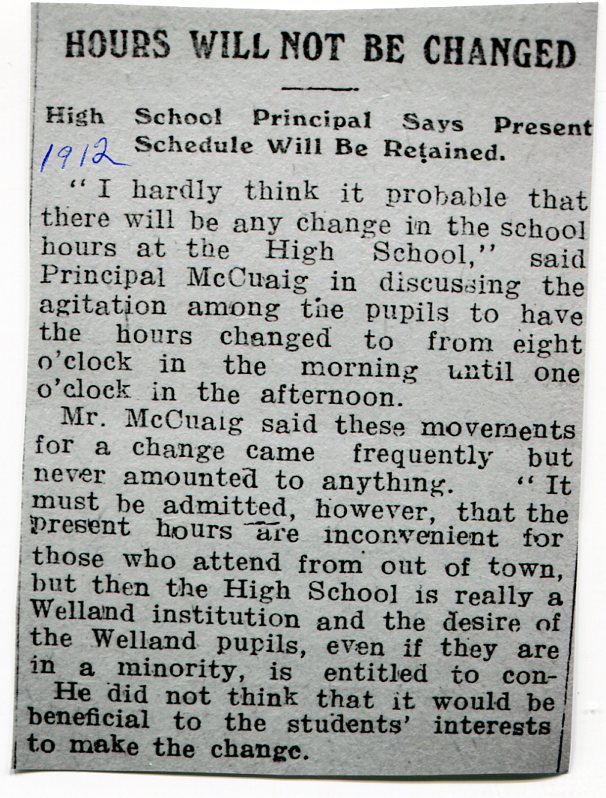
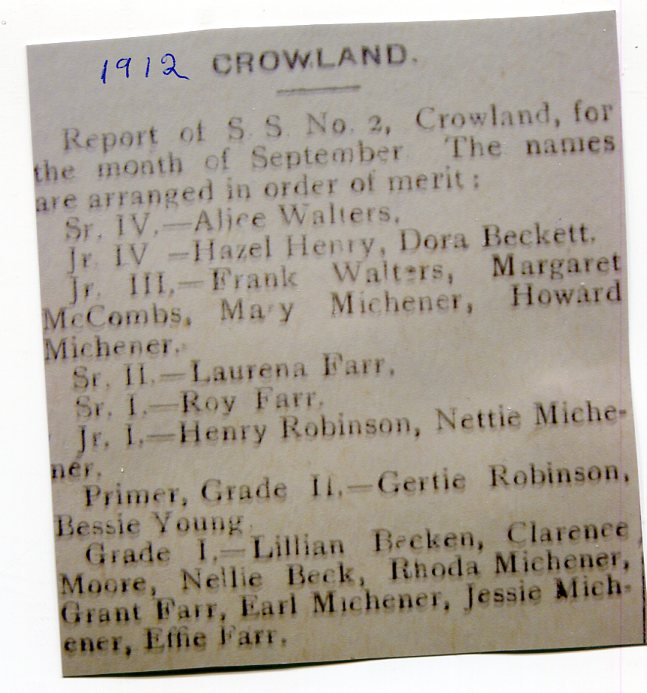
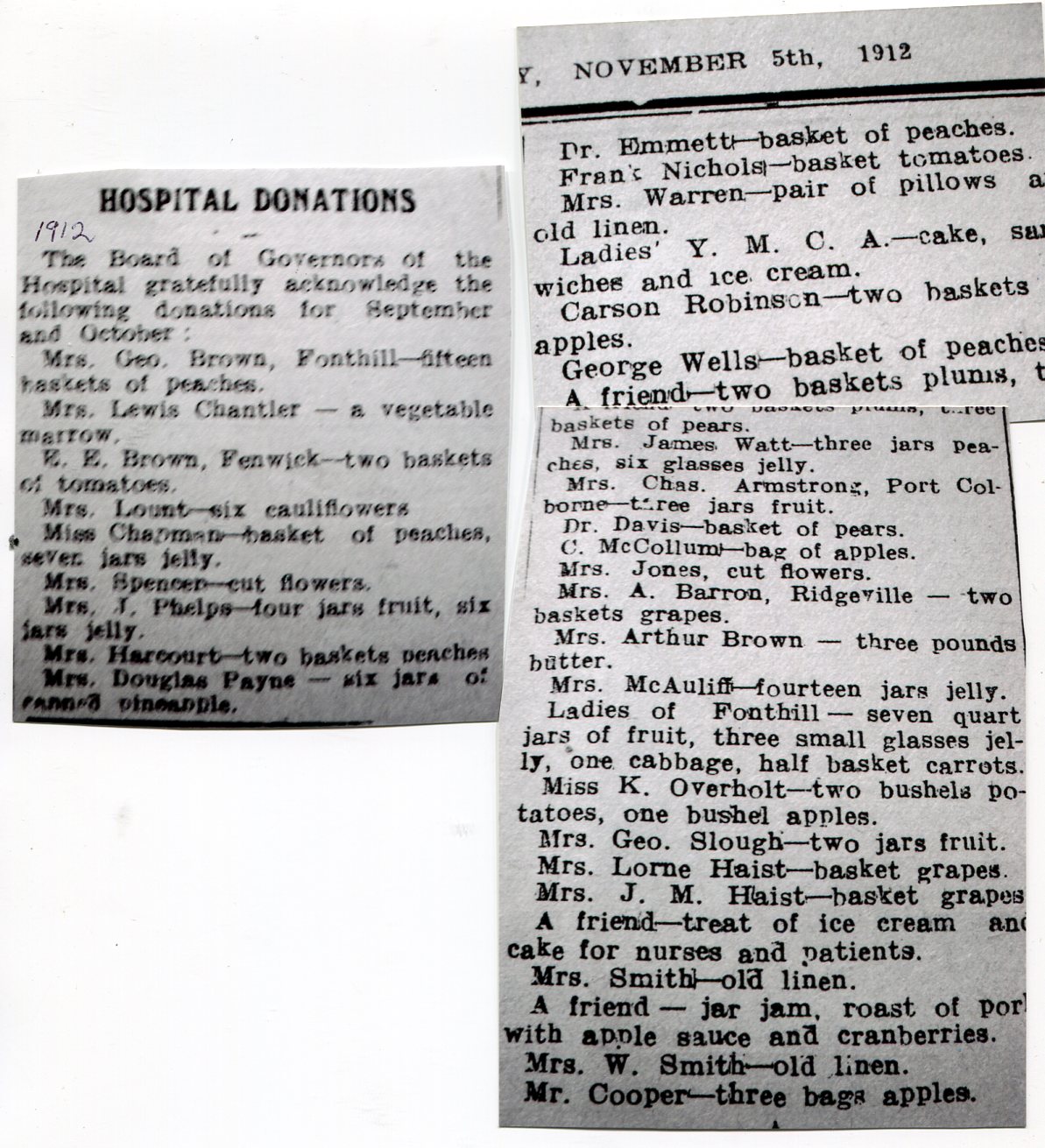
ADLEY’S CANDY KITCHEN
[Welland Tribune, 8 December 1910]
Will open on Saturday with a choice assortment of home-made candy, also candy in bulk, etc. just around the corner. N. Main St.
ICE CREAM FACTORY
[People’s Press, 12 December 1911]
The first floor and the roof have been added to the plant of the Royal Ice Cream Company, which is being built on Patterson avenue. The rest of the building is being hurried, and by the end of next month the work should be completed.
WELLAND IN 1911
[Welland Telegraph, 20 February 1912]
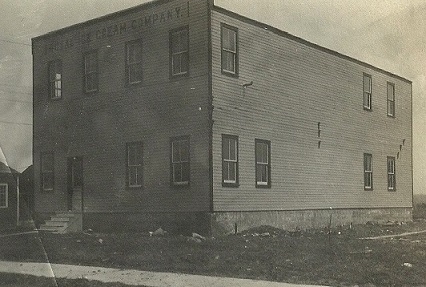
A handsome three-storey business block was erected on East Main Street, and a club house costing about $30,000 was built at the south end of the park. The Page-Hersey Company erected a plant costing about $1,000,000 and the Automobile Transportation Company put up a new factory building as did the Imperial Manufacturing Company and the Royal Ice Cream Company. The Welland House at the corner of North and West Main Streets was enlarged and remodelled and a new N.S.& T. depot erected.
[See Related TALE: FRANK ADLEY]
New Concern to be Known as “Canadian Foundries and Forgings Ltd.”
May Enlarge Local Plants
[Welland Telegraph, 27 February 1912]
Negotiations ere completed in Montreal on Thursday for the organization of the Canadian Foundries and Forgings Limited, to take over the James Smart Manufacturing Company, Limited, of Brockville; the Canadian Billings and Spencer, Limited, and the Canada Forge, Limited, both of Welland. The capitalization of the new company is as follows:
Bonds-Authorized, $500,000; issued $67,000.
Seven per cent _, pref. Stock-Authorized $1,250,000; issued $950,000.
Common stock-Authorized,
The James Smart Manufacturing Company has been carrying on business since 1857, in Brockville. Its output consists of all the larger forms of hardware and tools of various kinds, stoves, furnaces, machinery and similar lines.
The Canadian Billings & Spencer, Limited, and the Canada Forge, Limited, have been carrying on business in Welland for about five years, the Canadian Billings & Spencer being an off-shot of the Billings & Spencer of Hartford, Conn., one of the largest concerns of its kind in the United States.
The output of the Billings & Spencer Company consists of automobile parts and fine forgings of various leads, while the Canada Forge, Limited, devotes its plants to the manufacture of drop forgings of the heavier character, such as are used for locomotive parts and other kinds of heavy machinery.
The first annual meeting of the new company will be held in Montreal within a short time when officers will be elected and a general manager appointed.
“Both plants in Welland will be run as before and it is possible that there will be enlargements,” stated an official of the company to The Telegraph on Friday.
_________
The Montreal financial expert of Toronto, Saturday night, says in last issue:
The man who is entitled to the credit of bringing these companies together is William A. Weir, partner in the financial house of J.A. Mackay & Co. Limited, of Montreal. The upshot of his efforts is that he has given the new concern an issued capital of $960,000 preference seven per cent cumulative stock and the same amount of common, while the bond issue will be but $67,000 of six per cents. Price, Waterhouse & Co. have audited the accounts, and the Canadian Appraisal Co. has reported on the assets, and Weir fixed the capital so the combined earnings of the three concerns for the past year would be sufficient to pay the interest on the bonds, the dividends on the preference stock, provided the depreciation and necessary write-off, and leave rather better than three per cent on the common stock being issued.
As for the comparison of assets and capital, the actual surplus assets of the three concerns, as reported by the Canadian Appraisal Co., exclusive of good will, trade marks, or anything of that kind exceeds the preference stock issue. So that, whatever may be the future of the concern, at least it seems to be getting off with the head reasonably above water. The underwriting met with a good reception. J.A. Mackay & Co. having entirely disposed of it in two days, and a large quantity of the whole having been taken up by the firm.
Ald. Burgar’s Report on Street Work Lightly Treated- Y.M.C.A.
Taxes Remitted-A New $15,000 Sewer
[Welland Telegraph, 20 December 1912]
Harmony and felicity which should exist among the members of the Council at their meeting of the year was lacking in the Council’s final December session on Monday last.
Ald. Burgar collaborated with the engineers in preparing a report of the work that has been done by the Street Committee this year. The report was lengthy and went into great detail, even giving the weather condition throughout the year. This report was introduced by the alderman with fatherly pride and interest, but he had not finished reading when Ald. Crow began a tirade of sarcastic criticism which much incensed the head of the active street committee.
In continuing this criticism Ald. Crow ventured the prediction that some members of the Council would have a difficult and laborious task to accomplish if they wished to be re-elected.
Read the rest of this entry »
FIRST STREET SCHOOL
[Welland Telegraph, 13 August 1912]

The new public school now being completed on the site, donated by the Plymouth Cordage Co., is the most modern and up-to-date school in the city. The building measures 65×100 feet and is two storeys high. There are three entrances, one main door and one each for the boys and girls, which are surmounted by large stone arches bearing the year 1911 in a wreath and “Boys and Girls” over the respective doors.* The building is all of brick with stone and concrete foundations and basement. There are two spacious halls and twenty-seven rooms, of which there are eight class rooms, sixteen cloak rooms, a large library and private studies for the teachers and the principal. The large class rooms and the principal’s room on the north side are separated by folding doors and the whole may be made into a large auditorium or assembly hall. In all there are one hundred and twenty-six large windows in the building, which make the rooms bright and cheery. In each of the class rooms and halls there are four electric light fixtures and one light in each of the cloak rooms.
The interior is now being decorated and from what work has been done an idea of the result may be obtained. The woodwork has been painted a light buff, this being the best color for school rooms, and a panel of green burlap circles the rooms about three feet from the floor-the whole presenting a very pleasant appearance. The ceilings are all of fireproof metal and the floors are hardwood throughout the building. Underneath the flooring is laid a mat known as Neponset florian sound deadening felt, which prevents all sounds. In each of the rooms there are three blackboards, one of slate and two made of Keene cement.
The building is ventilated by a hot air ventilating system, thus insuring fresh air and health. Each of the rooms have two doors which would be a great aid in the event of fire.
The Pease steam heating system is used and two large steam radiators are placed in each large room, and one smaller one in the cloak rooms. The boiler is installed in the basement.
It is estimated that each of the class rooms will accommodate forty pupils.
The stone work on the building has been done by G. Homan of Niagara Falls; J.E. Cutler, carpenter work, and J.H. Crow, plumbing. The plans were designed by A.E. Nicholson of St. Catharines.
The building is expected to be completed before the end of the summer holidays.
* Note: There is a photograph, page 231, of a salvaged stone arch in the book “Walking through Welland-celebrating150 years”.
City Engineer Believes That Amount of Buildings in Welland Next Year
will Amount to Three-quarters of a Million.
[Welland Telegraph, 31 December 1912]
D.T. Black, town engineer, is optimistic of Welland’s possibilities next year. Mr. Black is confident that the amount of building will reach, if not exceed, three-quarters of a million dollars.
“From what I know at the present time,” he stated, “the coming year will surpass all former years. Every where there is talk of expansion, not only in business houses, but in manufacturing industries as well. The fact that the streets will be paved will help wonderfully, also.”
H.A. Rose is contemplating a new brick block on East Main Street, and A.J.J. Brennan is figuring on adding another storey to his block.
Four Other Factories Have Decided to Make Extensive Additions-
Next Year to See Great Development of Town
[Welland Telegraph, 31 December 1912]
That the Plymouth Cordage Company has definitely decided to spend $350,000 in the enlargement of their Welland plant is the information which has reached The Telegraph.
The new building will be built north of the present plant and will exactly double the capacity of the mill now in operation. Officials of the company will give no information but it is understood the work will be started in the spring.
Read the rest of this entry »
 Number of men employed in all factories-1906, 100; 1911, 2098.
Number of men employed in all factories-1906, 100; 1911, 2098. Subscribe..
Subscribe..




